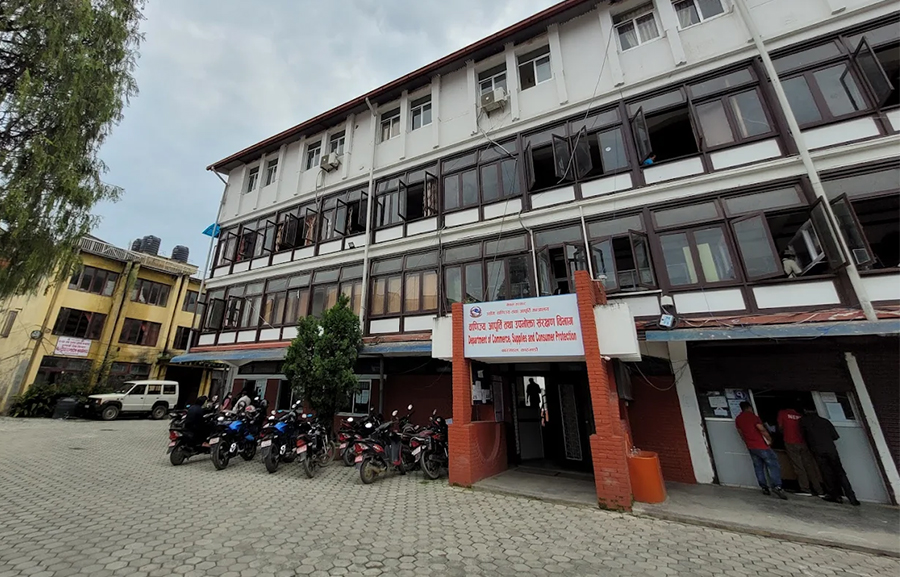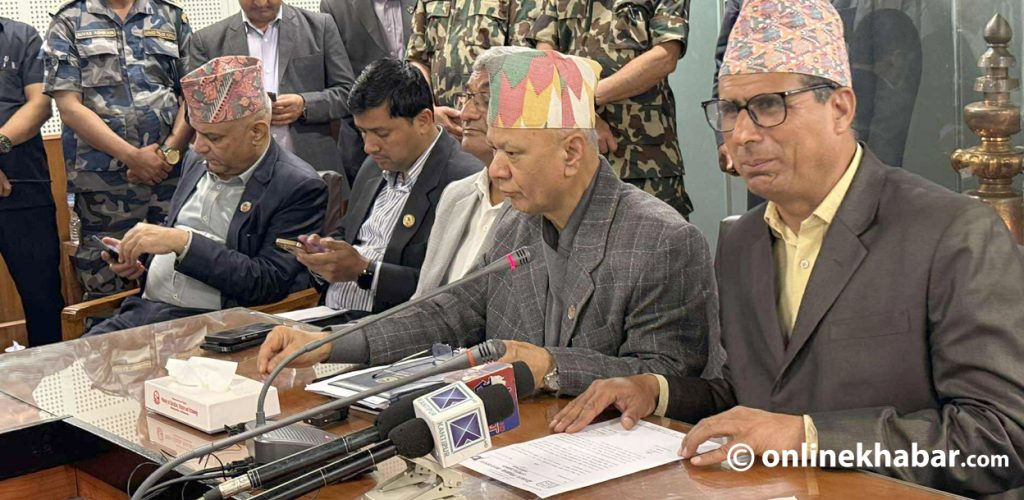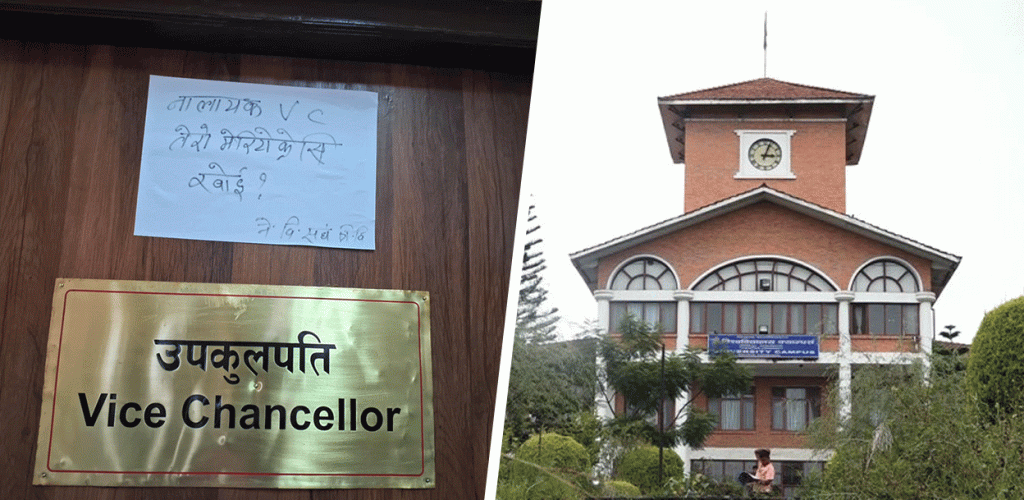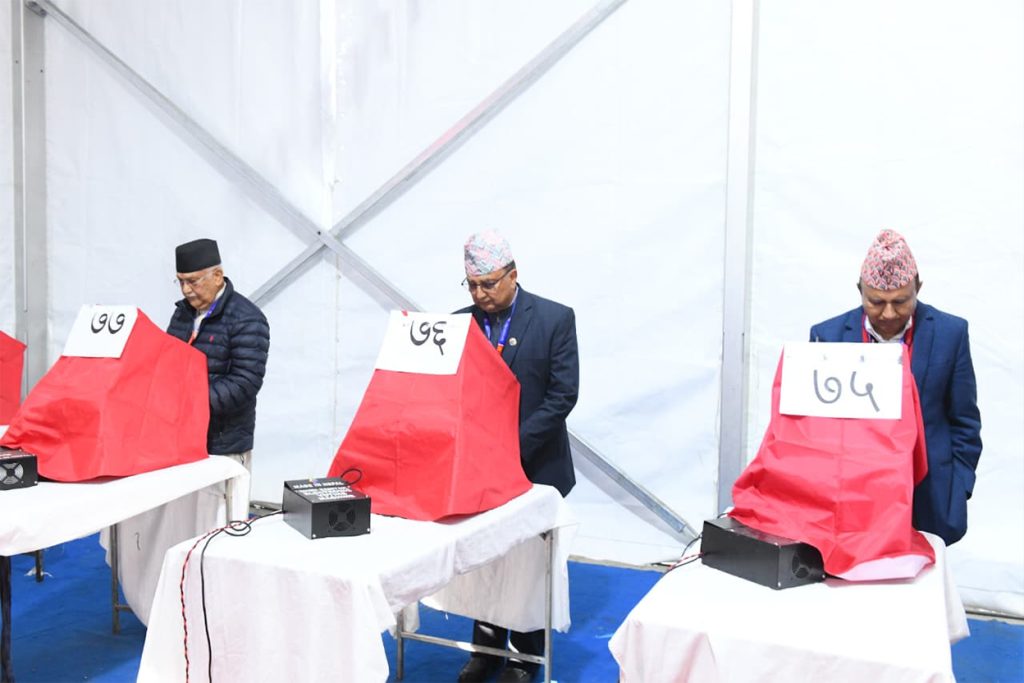
Nepal today stands at a decisive point. Over the past decades, the country has made impressive gains in expanding access to education from basic to higher levels. Enrollment rates are increasing, literacy is improving, and educational opportunities are becoming more widespread across rural and urban areas. Yet, despite this progress, one biggest challenge is many youths are struggling to transition from education into meaningful and dignified employment.
This gap is not only about the lack of jobs rather it is equally about whether youth acquire the skills, competencies, and opportunities that enable them to thrive in dynamic labour markets. Addressing this challenge requires a comprehensive and multi-dimensional strategy, one that is consistent with the Government of Nepal’s Technical and Vocational Education and Training (TVET) policy as well as other sectoral provisions which prioritise lifelong learning, labour-market alignment, equity and private sector engagement.
Solving education-to-employment puzzle
The first step in solving the education-to-employment puzzle might be to identify the structural and behavioral factors contributing to unemployment and the outmigration of youths. Outmigration has become a defining socio-economic reality for Nepal, thousands of youths leaving daily in search of work abroad. This has both short-term and long-term implications for Nepal’s human capital development.
Several questions need urgent exploration. What is the real unemployment rate, and which demographic groups are most affected? Are young women more vulnerable to underemployment than young men? What are the migration patterns: do they point to short-term seasonal migration, long-term low-skill labor migration, or permanent relocation? Equally important, which local sectors (education, tourism, infrastructure, etc.) remain under-utilised, and how can they be tapped for sustainable job creation?
A comprehensive baseline study is essential to generate evidence on these questions. As emphasised in the TVET policy and in other plans, evidence-based planning is necessary to ensure that interventions are both demand-driven and inclusive. With better data, policies and programs can be designed to create opportunities for youth where they live, thus reducing the pressure to migrate abroad.
A recurring concern voiced by employers in Nepal is that school and university graduates often lack practical or work-ready skills. This mismatch between education outcomes and labour market demands is a major contributor to youth unemployment. The TVET policy and other legal provisions of Nepal emphasise not just academic learning but also skills for employability, entrepreneurship, and lifelong learning.
Educational institution should therefore move beyond rote learning and adopt 21st century skill development approaches. This includes STEAM-based or project-oriented education to foster creativity, problem-solving, and innovation; integration of entrepreneurship modules in schools to build an enterprise culture from an early age; establishing career counseling services within schools/colleges to connect students with realistic and rewarding career pathways. These changes will prepare students for the realities of the labour market while supporting the TVET vision of developing a skilled, employable, and entrepreneurial workforce.
The transition from school/colleges to work requires practical exposure and industry/organisations linkages. The dual TVET model, explicitly prioritised in Nepal’s TVET policy, offers a practical solution. This approach combines classroom-based learning with structured workplace practice, ensuring that students graduate with both theoretical knowledge and hands-on experience.
In the context of Nepal, several measures are critical. For example, co-designing curricula in technical schools/colleges will better align with market demand, expanding partnerships between schools/colleges and local businesses/organisations to provide internships/workplace exposure, introducing micro-credentials and short-term certifications that allow youths to upgrade their skills throughout their careers.
Scope for fostering youth-led enterprises
The TVET policy and other sectoral priorities envision youth not only as job seekers but also as job creators. With Nepal’s growing entrepreneurial spirit, there is significant scope for fostering youth-led enterprises that can generate employment at the local level.
Municipalities can establish youth business incubators that can provide seed capital, mentorship, tax incentives, and shared infrastructure. ‘Youth Enterprise Development Fund’ could support aspiring entrepreneurs with loans, business development services, and technical coaching. Moreover, public-private partnerships (PPPs) can connect graduates with enterprise opportunities, helping them enter value chains and markets.
When supported by strong ecosystems, small and medium enterprises (SMEs) and start-ups can become powerful engines of local job creation and innovation. This is especially critical where local enterprises in tourism, agriculture, and services can create livelihood opportunities while reducing outmigration.
The future of work in Nepal lies increasingly in the digital and green economies too. With the right investment and training, these sectors can open new employment pathways. Digital opportunities include establishing digital hubs in municipalities with high-speed internet to support freelancing, ICT-based services, and online learning, promoting e-commerce platforms for local crafts, agricultural products, and tourism services to access global markets.
Green opportunities also include expanding eco-tourism, organic farming, and renewable energy projects in rural areas. Creating employment in waste management, reforestation, and sustainable agriculture can be done. By integrating green skills, young workers are equipped for jobs in sustainability-driven markets. Investing in such growth areas can make Nepal’s workforce more future-ready and resilient.
Equity and inclusion are also central to Nepal’s TVET and other policies. Without deliberate measures, marginalised groups such as Dalit, Madhesi, Muslim communities, women, and youth with disabilities risk being left behind.
Addressing this requires scholarships or conditional cash transfers to support education and training for disadvantaged youth. By introducing subsidised employment programs or quotas for marginalised groups in municipalities and local industries are necessary. Promoting community service programs in education, disaster response, and local development, which could help disadvantaged youths gain employability skills and civic responsibility. By prioritising inclusive policies into action, we can ensure that economic opportunities are accessible to all, not just the privileged few.
For long-term sustainability, institutionalised mechanisms should be well resourced. This includes career guidance and counseling centers in schools/colleges, and municipalities to provide labor market information and support youth transitions.
Integrated job portals/ one-stop career centers connected with local employers and national platforms to match supply and demand are necessary. Strengthening PPP frameworks that directly link skill/ training/education with job placement opportunities are important. By establishing returnee reintegration programs to help migrant workers reinvest their skills and savings in local enterprises will be useful.
Allocating dedicated youth employment budgets at both local and provincial levels to finance innovation, skill development, and incentives for industries hiring young workers is also very important. Such measures will embed TVET principles into local governance and ensure employment initiatives are not one-off projects but part of a sustained system.
In a nutshell, bridging Nepal’s education-to-employment gap requires collective responsibility. Schools, colleges, local governments, industries, civil society organizations, and youth themselves all have critical roles to play. By investing in dual TVET models, entrepreneurship ecosystems, digital and green economy skills, and inclusive opportunities, we can transform today’s challenges into tomorrow’s opportunities.
This is the moment to operationalise Nepal’s TVET policy and other sectoral priorities. If implemented effectively, every youth will gain access to meaningful education-to-employment pathways, reducing the need for outmigration while driving prosperity within the country. For policy makers, development partners, and investors, the message is clear: investing in skills, innovation, and inclusion is the surest pathway to Nepal’s socio-economic transformation.
























